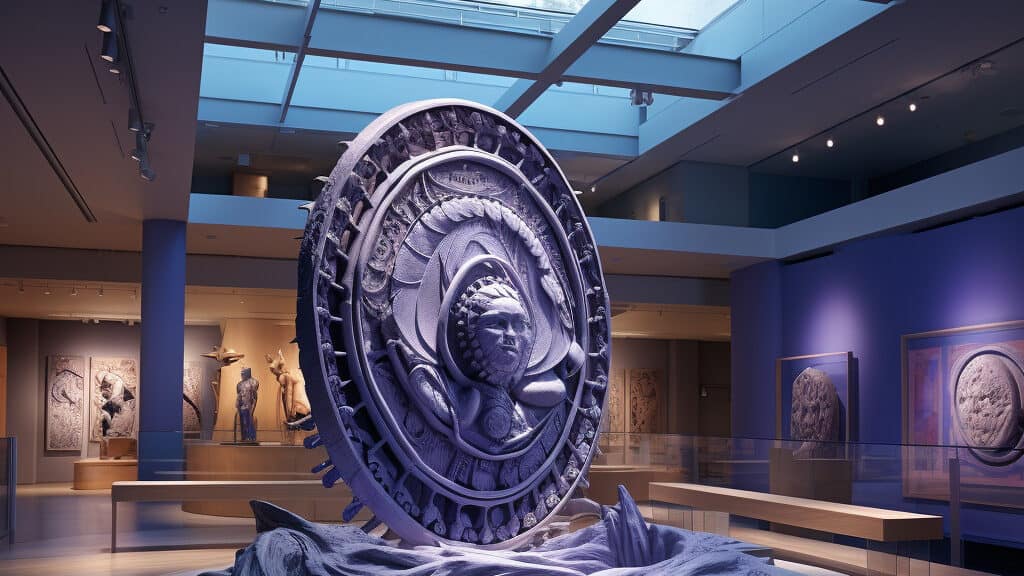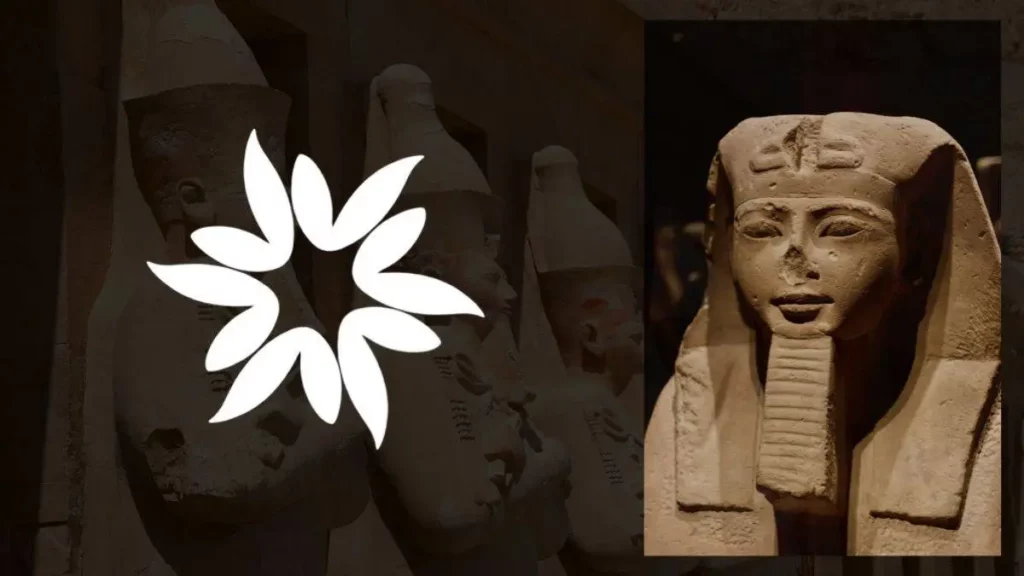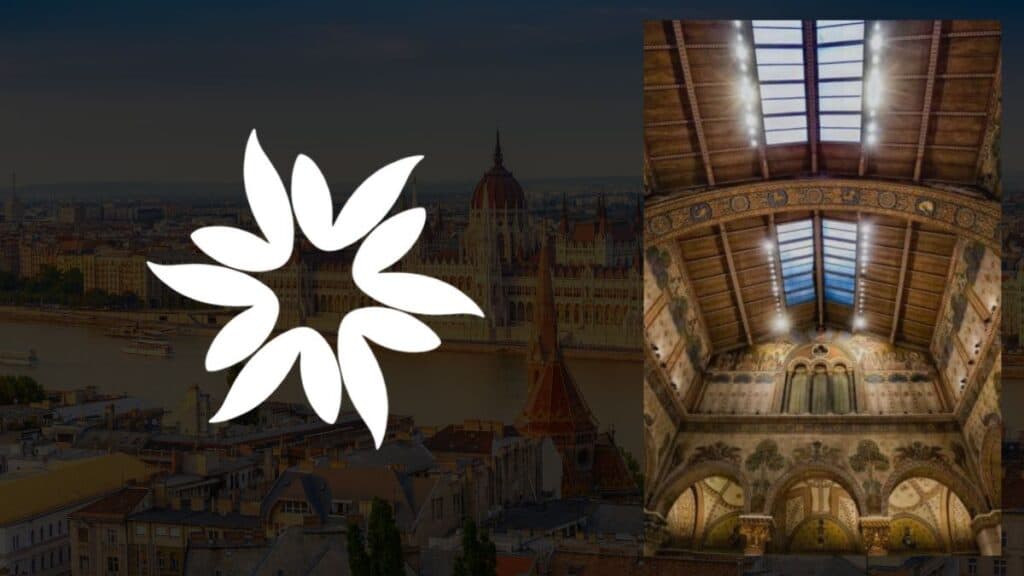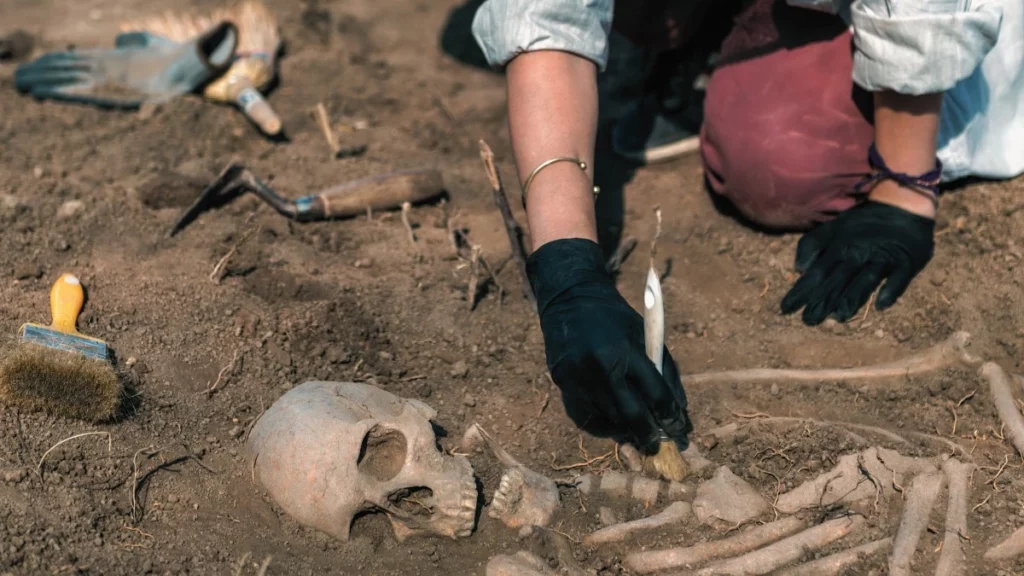Step into “Indian Theater” at Bard College’s Hessel Museum offers an innovative look at Indigenous art history, fusing performance and static art.
Key Takeaways
- The exhibition "Indian Theater" at the Hessel Museum of Art offers a unique blend of performance, sculpture, and multimedia art, pushing the boundaries of what defines Indigenous art.
- Curator Candice Hopkins brings together a mix of works that showcase not just art but also the everyday performances in the lives of Indigenous people.
- Despite the rarity of exhibitions focusing on Indigenous artists, "Indian Theater" stands out for its ambitious yet grounded conceptual focus.
The New Epicenter of Conversation: Bard College’s Hessel Museum of Art
Earlier this summer, Eric-Paul Riege, a Diné artist, made art come alive in a whole new way at the Hessel Museum of Art. As visitors wandered through the gallery, they were met with a captivating scene: Riege weaving around his hanging fiber sculptures, embracing the pieces as if they were part of a performance. And that’s exactly what they were.
But here’s the kicker—this show isn’t just about Eric-Paul Riege or his dynamic art. It’s an exhibition called “Indian Theater: Native Performance, Art, and Self-Determination since 1969,” and it’s doing something most shows don’t. Curated by Candice Hopkins, it challenges our ideas about what Indigenous art can be.
The Multifaceted Nature of Indigenous Art and Performance
As you saunter through the exhibit, you’ll notice that the artworks range from sculptures and photographs to videos. But these aren’t just static pieces; they’re imbued with the living essence of Indigenous culture. This isn’t your typical art exhibit; it’s more like a living, breathing commentary on Indigenous life.
That’s not all. The art pieces are a manifestation of the duality that many Indigenous artists navigate daily—being both a performer and an artist in their own right. Candice Hopkins carefully teases out the threads of how art and performance meld into the everyday lives of Indigenous peoples. The exhibit helps you grasp how the rituals, cultural symbols, and even clothing are both art and commentary on colonial history.
The Rarity and Complexity: Why This Show is a Treasure
Exhibitions like this are like rare gems. Museums across the country aren’t exactly overflowing with showcases dedicated to Indigenous artists. Yet, here we are, two hours away from New York City in Annandale-on-Hudson, where an exhibit is bravely steering into the complexities of Indigenous art and identity.
But don’t expect a smooth ride. The show isn’t shy about posing intellectual challenges. While some pieces, like Dana Claxton’s “Headdress” photographs, bring an immediate visual impact, others, such as Tanya Lukin Linklater’s text-based video, require a moment of contemplation to absorb their emotional weight. However, these layers of complexity are not a bug; they’re a feature, making this exhibit all the more significant.
Step into “Indian Theater” at Bard College’s Hessel Museum offers an innovative look at Indigenous art history, fusing performance and static art.

Spotlight on Exceptional Works
Among the highlights is the work by Jaune Quick-to-See Smith, who uses paper dolls to challenge stereotypes of Native Americans. Another standout is Kay WalkingStick, whose abstract representations bust the myth that abstraction is purely a Western invention. Their art not only challenges but defies the preconceptions many of us have about Indigenous art, making the experience all the more eye-opening.
Final Thoughts
“Indian Theater” does more than showcase art; it holds up a mirror to society. It nudges us to understand that Indigenous art is not just something to be observed but to be engaged with—just like Eric-Paul Riege and his immersive performance pieces. In doing so, it promises an artistic journey that is as enlightening as it is fascinating. So, if you’re up for a trek to the Hessel Museum of Art, this is one exhibit you don’t want to miss.








